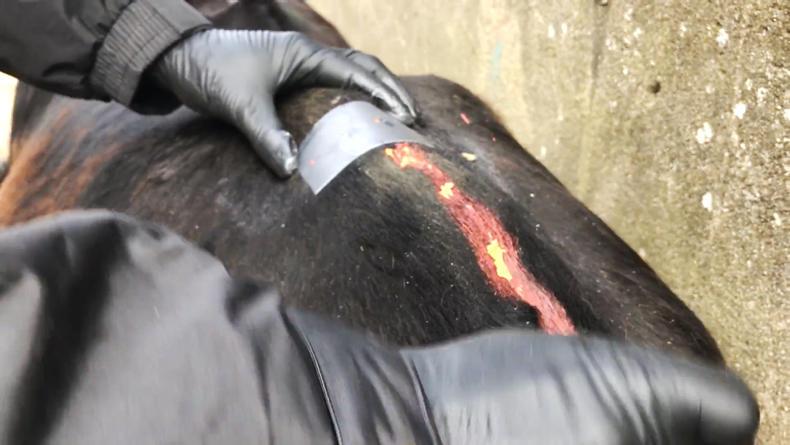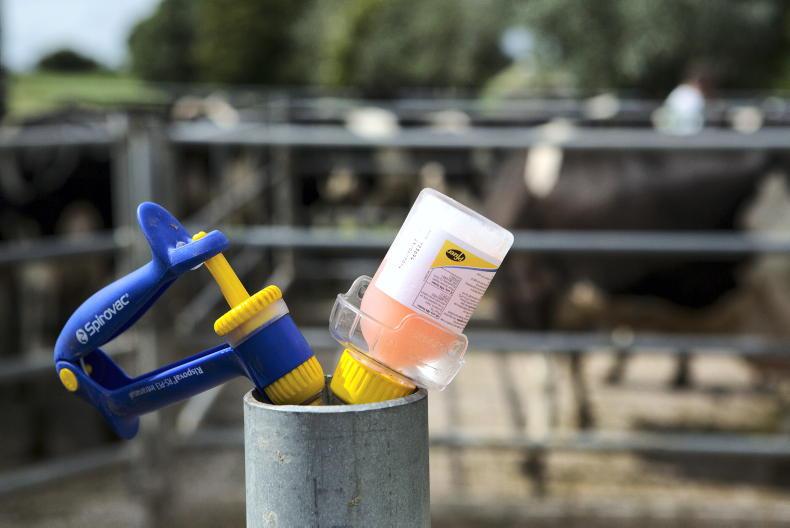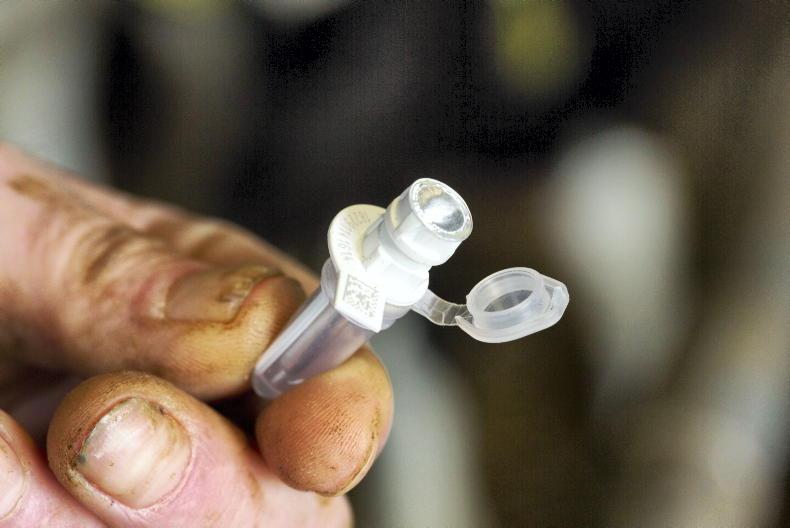There is certainly room for improvement when it comes to fertility and calving rates in Irish herds. Stuart Childs, dairy specialist with Teagasc put into context just how much improvement is required when he broke down stats for the national herd.
Nationally for 2018, the six week calving rate stood at 64%, a long way off the target of 90%. With every 1% increase leading to an €8.22 per cow year in extra profit, increasing this efficiency level should be high on every farmer’s priority list.
Stuart cited improving facilities and labour as places to start when it comes to increasing efficiency.
He also remarked how herds with poor fertility could look at speeding up genetic improvement by buying in high EBI replacement stock. However, his does pose a biosecurity risk.
The days’s second speaker was professor Finbar Mulligan from UCD, who looked at dairy cow feeding for breeding. One area he highlighted was the energy gap after calving and how farmers can aim to make it as short and narrow as possible. He stressed the importance of understanding how much grass DM cows are eating as part of their daily allowance, so that the energy gap to be filled with supplementation can be worked out.
He pointed to a study which clearly showed cows with higher intakes of DM in the first 100 days post-calving had better conception rates at first service.
A key message was whatever your system understand it and know the dietary needs of your cows.
Milking
Finbar was just one of a number of speakers who referenced the power of once a day milking as a simple tool to allow cows to maintain or build condition. It is important though to remember that if you start once a day milking ensure you continue twice a day feeding to see the benefit.
Endometritis
Cara Sheridan from MSD talked about research and the value of tackling endometritis early after calving.
Endometritis occurs where cows don’t clean properly after calving, leading to womb infections.
Metricure seems to be a good option where cows are identified early. The use of prostaglandin (estrumate) in dirty cows was also discussed, with Cara saying it is only of real benefit where a corpeus luteum was present.
Cara’s key message was really about identifying problem cows early and letting your vet decide the best prevention and treatment options.
EBI
Vet Denis Howard delved into the issue of EBI, looking at how to assess the potential of a dairy herd from looking at its figures. He also outlined how each €1 of EBI meant a €2 extra profit per cow per lactation.
The most interesting comparisons came when he looked at real herds and the difference in profitability between herds on their Co-op reports.
Getting the most from breeding season
Vet Doreen Corridan finished up the day with an overview an overview of the breeding season and how to get the most from it.
Her key takeaways included:
• Decide on what number of replacements you need.
• Spend time picking your bulls, its hard to get Hereford bulls with a calving interval below 365 days.
• Breed poorer cows to beef, aim to get your replacements from your heifers.
• Synchronisation is a fantastic way to get cows back in calf, improving efficiency and heat detection.
• Where heat detection devices are being worn, automatic drafting gates or once a day AI is being used check timings. Late insemination leads to poor conception rates.
• Tail paint works well with cows for heat detection, clip the hair before application for even better results.
• Tail paint works well with cows for heat detection, clip the hair before application for even better results.
• Vasectomised bulls work well, they need a good leather collar padded with a full chin ball of marking fluid.
• Place a ring in the bull’s nose to help catch him to fill chin ball.
• Beware of courting marks with a young vasectomised bull, need to mark the cow after mounting on the back and neck
• When using synchronisation with heifers, take the bull out with repeats as there is a risk of wearing him out.
• Late calving cows have lower DM intakes later in the season, with only 65-70% of established appetite in the first three weeks. Put late calvers on once a day milking to get them back in calf.
• When putting a bull out continue to A.I for seven-10 days to allow him to transition into his new role.
• Match stock bull numbers to cows.
• When using sexed semen you can expect conception rates to be at 80% of normal AI.








SHARING OPTIONS